This year is expected to continue to face difficulties in agricultural production, especially due to the impact of El Nino and climate change. However, the provincial agricultural sector is determined to continue to maintain the growth momentum of the agricultural, forestry and fishery sectors, to contribute to the overall economic growth and development of the province.
Mr. Kien's rice field is nearly 50 days old and is growing and developing well.
Maintain growth momentum
2024 is the fourth year and also the breakthrough year to complete the 5-year plan for the period 2021-2025 of the agricultural sector. In the context of the country's economy still facing many difficulties, challenges, natural disasters, and unusual developments of epidemics; the need for investment in development, especially infrastructure, natural disaster prevention and control, and response to climate change is very large, but the province's resources are still very limited; these are unfavorable factors affecting economic growth and people's lives. The contents of continuing to restructure the agricultural sector, safe agricultural production, application of high technology, 4.0 technology, ... are replicated on a large scale, concentrated, associated with preservation, processing and consumption according to the value chain for rice, fruits and seafood, creating momentum for the growth of the agricultural sector, contributing to the successful implementation of the socio-economic development goals of the province.
Mr. Ngo Minh Long, Director of the provincial Department of Agriculture and Rural Development, said that the goal this year is to develop agriculture in the direction of an agricultural economy, smart, circular, internationally integrated, adapting to climate change, increasing added value and sustainable development associated with building a prosperous and civilized new countryside. Strive to build agriculture in the direction of "Ecological agriculture, modern countryside, civilized farmers". Build a sustainable agricultural sector with large-scale, high-quality commodity production, forming production, consumption, preliminary processing and processing chains, enhancing the value and competitiveness of agricultural products; build a synchronous, modern infrastructure in a proactive, smart direction, adapting to climate change, ensuring safety against natural disasters and epidemics.
Accordingly, the economic growth rate (GRDP) of region I this year is at 3.0%; the rate of rural population using clean water strives to reach 91%; build 2 more communes to meet new rural standards; the forest coverage rate is stable at 3% or more. To achieve the set goals, the agricultural sector will effectively restructure agriculture, develop rural areas, and rural economy associated with new rural construction. Focus on developing large-scale commodity agriculture, applying high technology; promote the potential advantages of each region and locality. Closely link agriculture with industry and services; production with preservation, processing, branding, consumption, and increase the value of agricultural products in value chains. Encourage household economy, cooperative economy with the core being cooperatives, attract investment enterprises, improve state management to increase productivity, quality, efficiency of agricultural production, ensure food safety and hygiene, adapt to climate change. Develop the system of agricultural and rural infrastructure; connect rural areas with urban areas. Implement the National Target Program on new rural construction in the direction of linking with the urbanization process, going into depth, effectively and sustainably; build advanced new rural areas, build cultural life, model new rural areas and protect the ecological environment.
Mr. Bach Van Son, Head of the Provincial Department of Cultivation and Plant Protection, said: In recent years, the cultivation sector has shifted strongly to advantageous crops that are suitable for market demand. Although the rice cultivation area has decreased compared to previous years, due to the promotion of the application of new advances in varieties and cultivation techniques, the productivity of most crops has increased. In addition, the construction of large fields and the promotion of mechanization in production stages have been implemented synchronously, significantly reducing labor costs and post-harvest losses, improving and enhancing labor productivity and production efficiency; and forming large-scale concentrated rice production areas.
According to the provincial agricultural sector, the total value of GRDP products in region I last year reached 7,108 billion VND, an increase of 3.12% compared to 2022, exceeding the set plan. The proportion of the agriculture, forestry and fishery sector accounted for 21.95%, down 2.01%.
Aquaculture is also a strength in the province's agricultural development.
Potential and room for development
According to the 2024 plan of the Department of Agriculture and Rural Development, the estimated rice area for the whole year is 172,500 hectares, down 3% (equal to 5,339.3 hectares); the output is 1,131,600 tons, down 4.64% (equal to 55,059 tons). With this output, the production value of rice decreased by 294 billion VND at comparable prices, while the production value of the agricultural, forestry and fishery sector is estimated to increase by only 496 billion VND at comparable prices for the whole year. Therefore, the Provincial Statistics Office recommends focusing on increasing investment in expanding the development of perennial crops, livestock and aquaculture, because these sectors account for 17.50%, 10.50% and 12.65% of the agricultural, forestry and fishery sectors, respectively, to contribute to the growth of the agricultural, forestry and fishery sector.
The proposed solution is to develop agriculture in the direction of an agricultural economy, smart, circular, internationally integrated, adapting to climate change, increasing added value and sustainable development associated with new rural construction. Continue to effectively restructure agriculture, develop rural areas, rural economy associated with new rural construction in the direction of ecological agriculture, modern rural areas, civilized farmers. Build a comprehensively developed agriculture in the direction of modernity, high added value. Shift the structure of crops and livestock linked to the market. Continue to transform the structure of crops and products in accordance with market advantages and needs, adapting to climate change. Strengthen the dissemination and transfer of new crop varieties with high quality and value into production. Develop concentrated, large-scale commodity agricultural production areas, organize production according to chains for the province's key products; At the same time, develop agriculture to ensure quality and safety, strengthen guidance and certification of growing area codes; encourage organic agriculture.
Along with that is to increase the application of science and technology, develop high-tech agriculture. Strengthen the management of growing areas for export and expand the market for agricultural products; improve the capacity to monitor and forecast, effectively prevent plant pests, proactively prevent new pests. Strictly control the production and trading of fertilizers and pesticides.
Mr. Nguyen Trung Kien, in Luong Tam commune, Long My district, said: “This year, my family planted about 4 hectares of winter-spring rice of Dai Thom 8 variety. Especially, we effectively implemented the model of 3 reductions 3 increases, 1 must 5 reductions in rice production. Currently, the rice crop is growing well, and the yield is forecast to be no less than previous years. The exciting thing is that the high price of rice will motivate farmers to actively take care of it to increase output, leading to increased profits for rice growers.”
In addition to the cultivation sector, the Department of Animal Husbandry, Veterinary Medicine and Aquaculture of Hau Giang Province said that it will increase support for livestock farmers, businesses and localities to develop concentrated, large-scale livestock farming areas for key products associated with the development of the food-safe livestock product processing industry to meet domestic consumption needs and boost exports. Develop livestock farming in the direction of industrialization and modernization, while promoting organic livestock farming and traditional livestock farming in the direction of commodity production; strongly develop production and consumption chains of key livestock products with the province's strengths to increase added value associated with traceability. Increase the proportion of livestock products produced in professional farms and households to ensure biosafety, disease safety and environmental friendliness.
At the same time, promote the advantages of freshwater aquaculture, create growth momentum and promote the transformation of production structure in the agricultural, forestry and fishery sectors. Promote the development of local aquatic specialties. Effectively implement training, transfer of science and technology, detailed plans for aquaculture development, recommendations on crop calendars, structure of farming objects, fishery extension plans, grasp market price information to promptly notify people. Focus on directing pilot models and demonstration points, summarizing and evaluating results to have a basis for effective replication in the whole province; advise and propose the issuance of mechanisms and policies for the development of a number of specific aquatic species with economic value to create a high-value product chain of the province. Synchronously and comprehensively develop both exploitation and farming; apply modern farming and exploitation processes and techniques associated with processing and preservation to reduce post-harvest losses, diversify processed aquatic products. At the same time, meet standards and regulations on aquaculture and fisheries exploitation; issue codes for aquaculture areas and traceability; guide and manage fisheries in accordance with regulations, and maintain stability of raw material areas for export.
In 2024, the provincial agricultural sector strives for a rice growing area of 172,500 hectares (of which Winter-Spring is 74,200 hectares, Summer-Autumn is 73,800 hectares, Autumn-Winter is 24,500 hectares), with a yield of about 6.6 tons/ha, and a stable output of about 1.1 million tons. Sugarcane growing area is about 3,150 hectares, with a yield of 100 tons/ha, and an output of 315,000 tons. Fruit tree area is 46,400 hectares. Vegetable area is 27,000 hectares, with an output of about 350,000 tons. Total pig herd is 146,000; poultry and waterfowl are 4,500,000; buffalo herd is 1,200; cow herd is 4,200; total output of fresh meat for slaughter is 39,000 tons. Aquaculture area: 11,500ha, of which pond fish farming is 3,600ha; rice field fish farming is 7,900ha. Total output: 90,000 tons, of which farming output is 87,300 tons; exploitation output is 2,700 tons... |
Article and photos: HOAI THU
Source


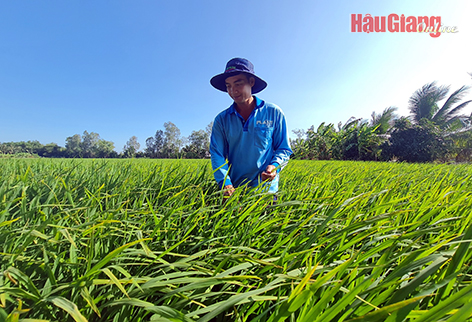
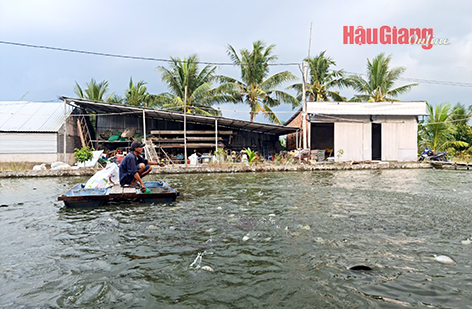

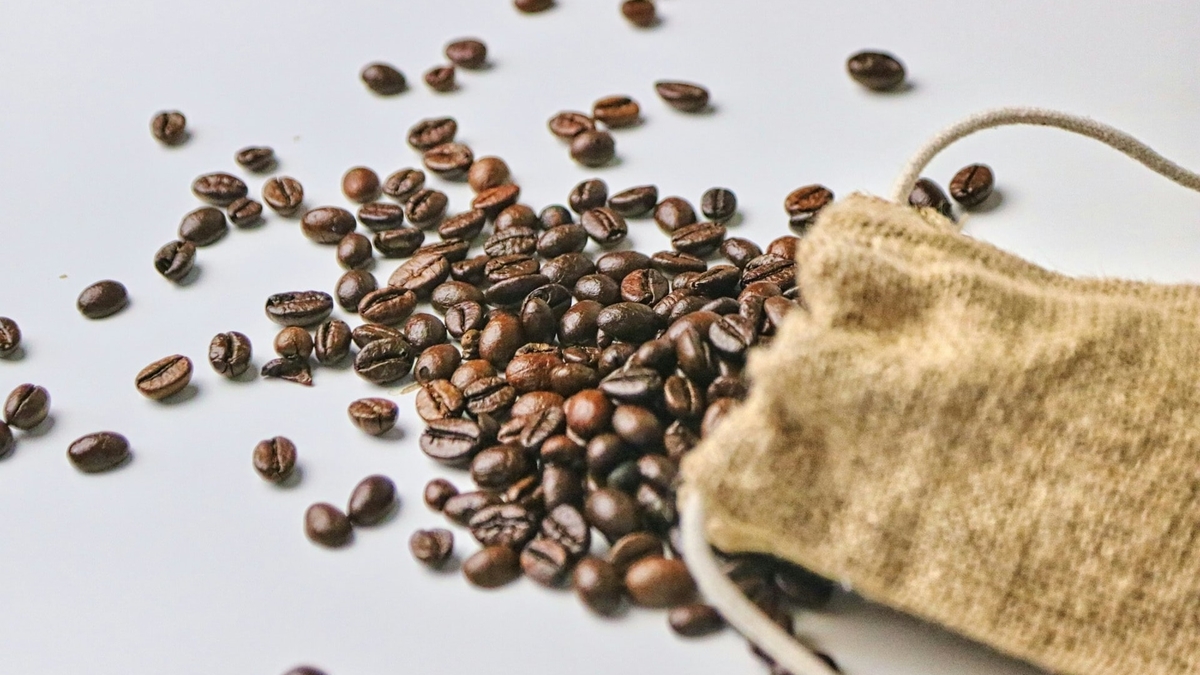
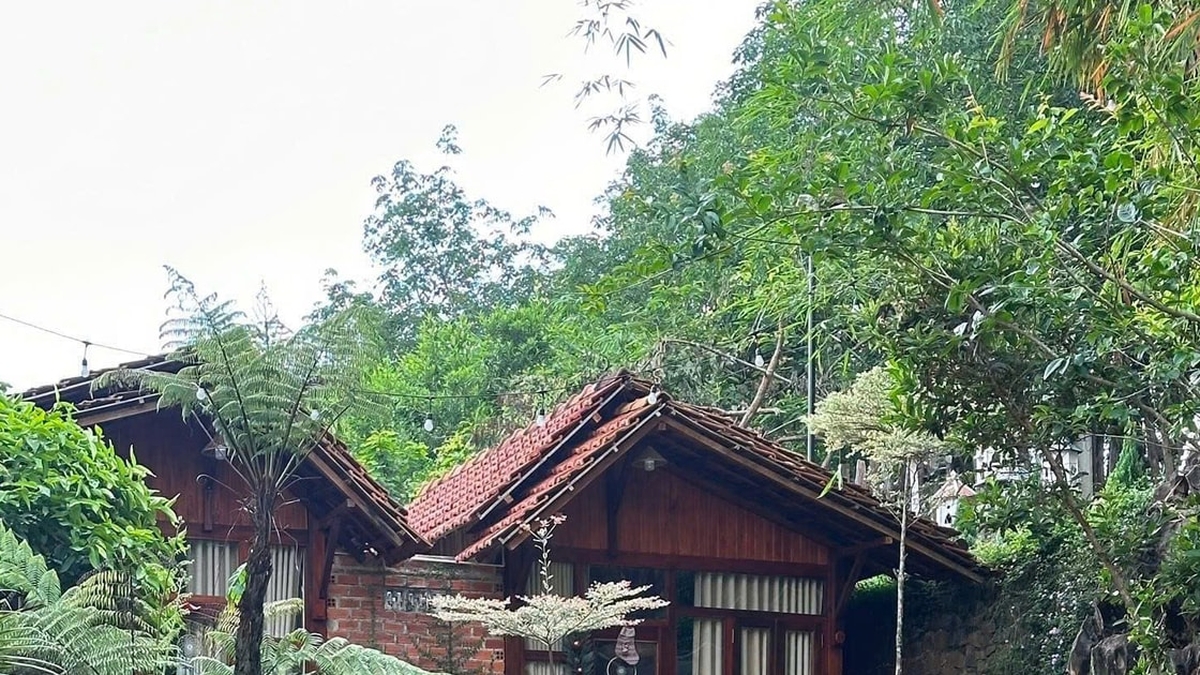
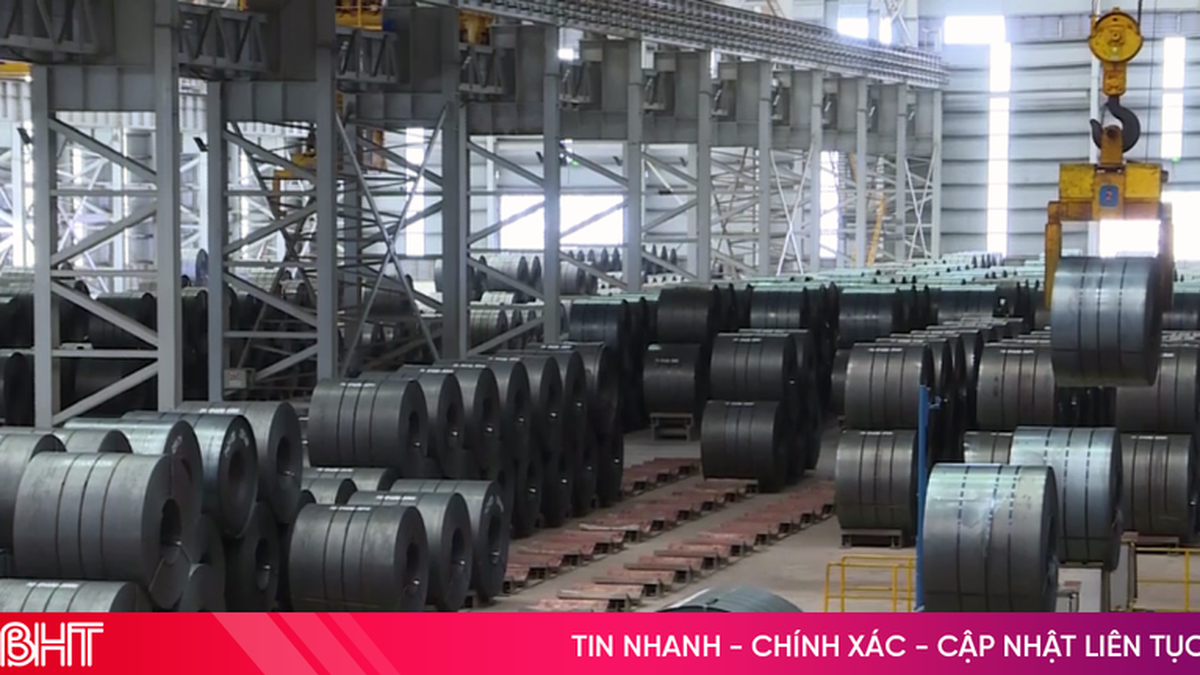
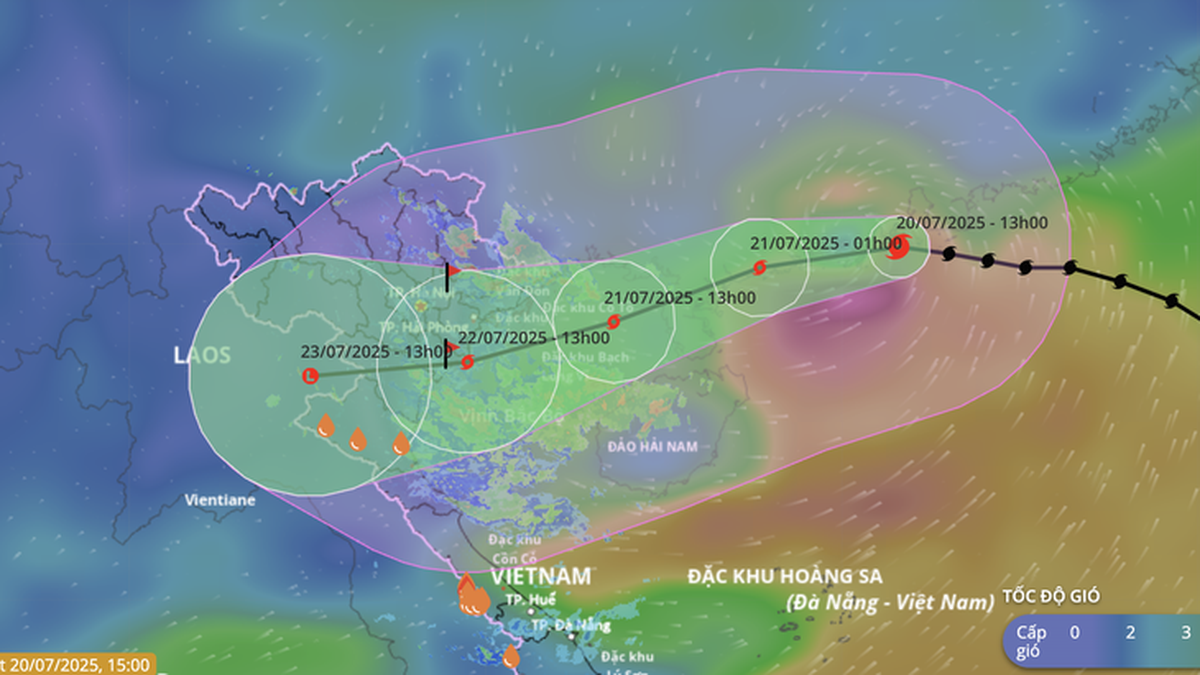
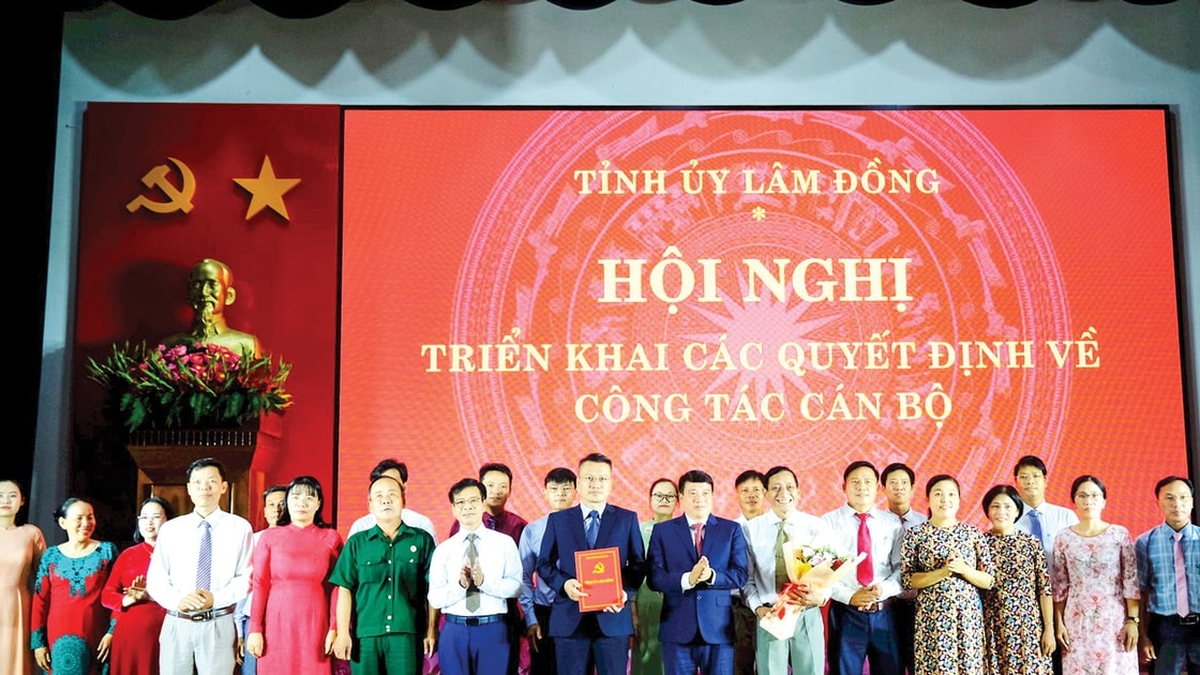
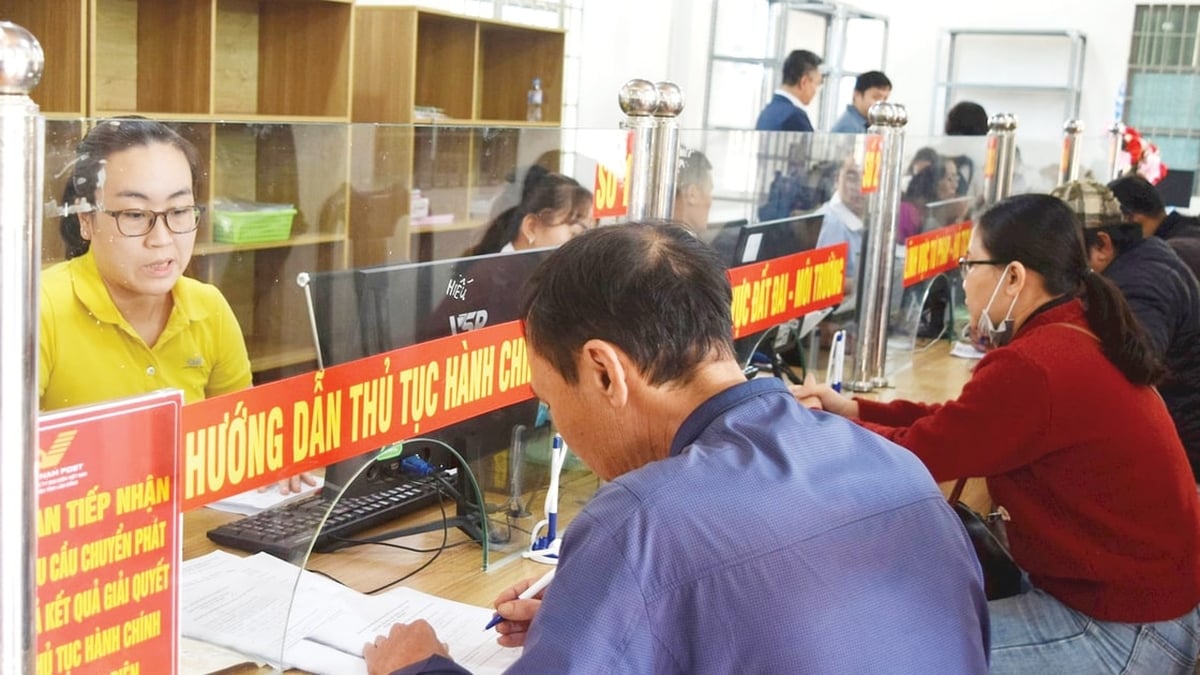
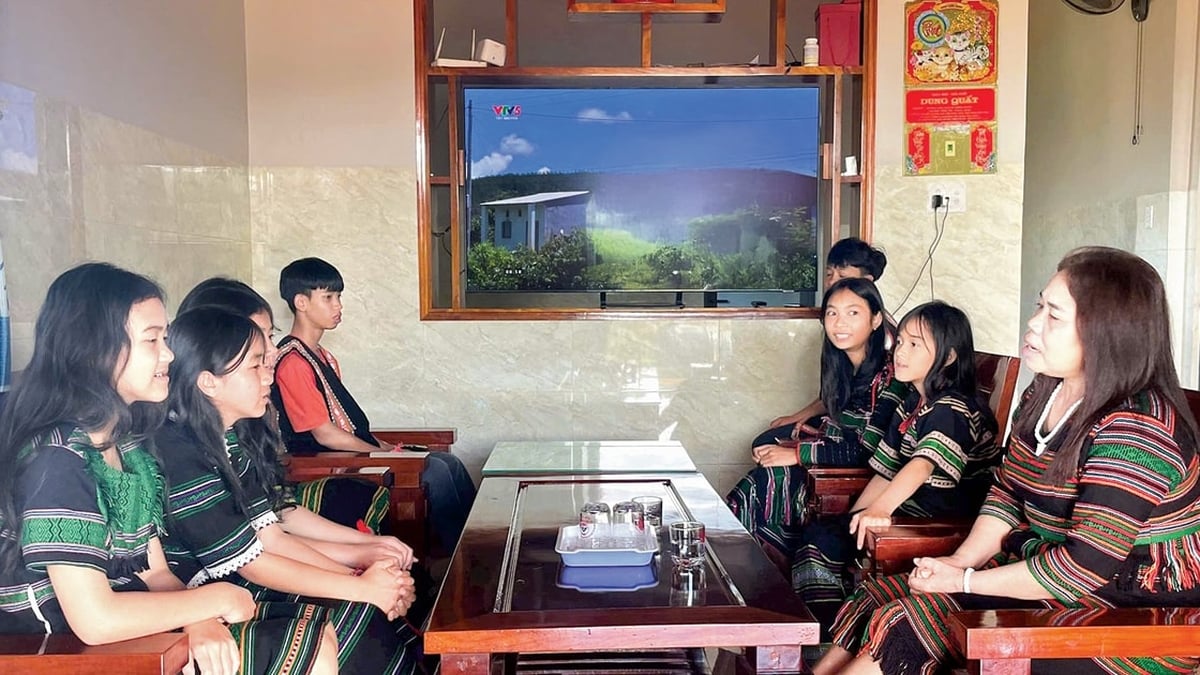
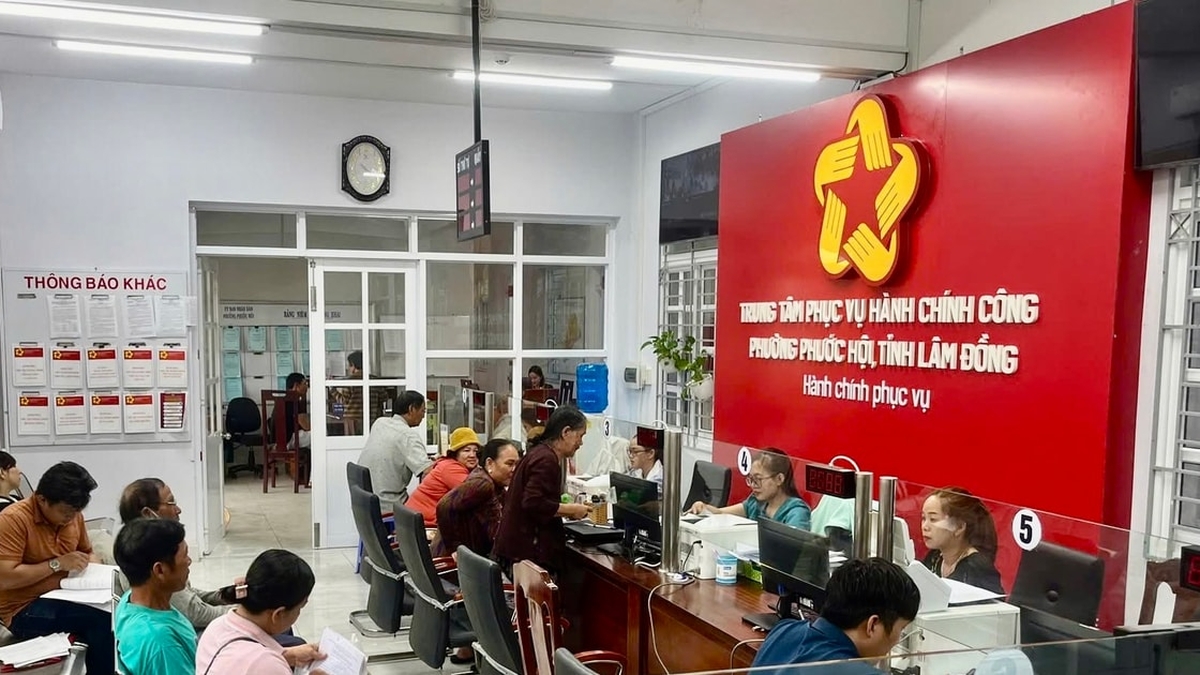
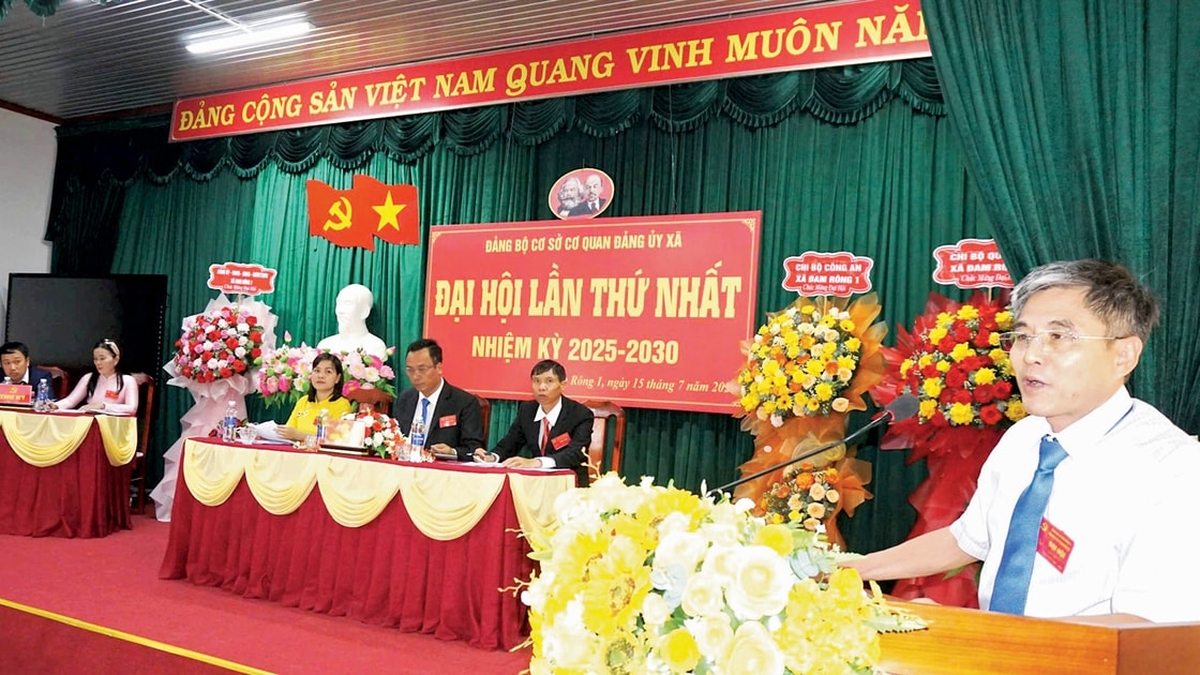















![[Photo] National Assembly Chairman Tran Thanh Man visits Vietnamese Heroic Mother Ta Thi Tran](https://vphoto.vietnam.vn/thumb/1200x675/vietnam/resource/IMAGE/2025/7/20/765c0bd057dd44ad83ab89fe0255b783)





































































Comment (0)